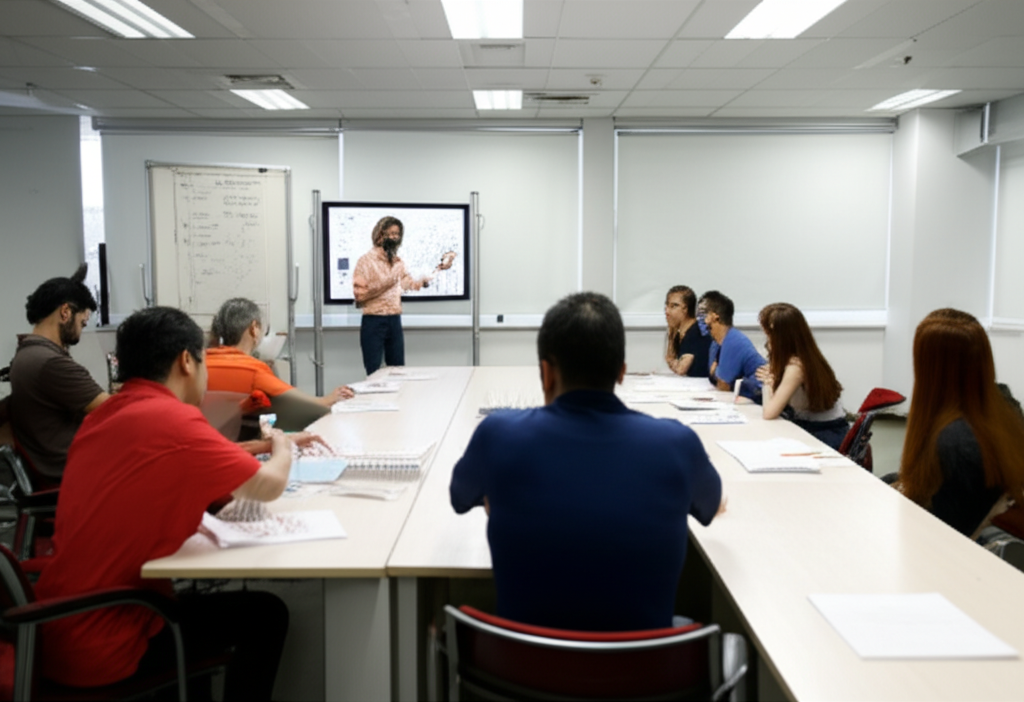4-Biphenylmethanol serves as a vital intermediate in the pharmaceutical industry, essential for synthesizing drug precursors and other fine chemicals. As a key building block, its demand continues to rise in applications such as active pharmaceutical ingredient development, where it facilitates the creation of anti-inflammatory and anticancer compounds. For decades, producing this compound efficiently has posed significant challenges due to expensive raw materials and complex reaction conditions, often involving rare catalysts that inflate costs and limit large-scale implementation.
The conventional routes for synthesizing 4-biphenylmethanol have notable drawbacks. One method relies on 4-biphenyl carboxylic acid as a starting material, which requires esterification with methanol or ethanol under acid catalysis, followed by reduction using sodium borohydride or high-pressure catalytic hydrogenation. This approach incurs high expenses due to the cost of 4-biphenyl carboxylic acid and catalysts, undermining economic viability. Another strategy employs a Suzuki-Miyaura coupling reaction between 4-chlorobenzyl alcohol and phenylboronic acid, leveraging palladium-based catalysts to achieve the transformation. Although effective, this method suffers from reliance on pricy palladium compounds and additional purification steps like extraction and crystallization, making it unsuitable for industrial-scale production. These existing techniques highlight a critical need for a more economical, scalable, and simple process to meet global demand without compromising quality or safety.
To address these issues, researchers have unveiled an innovative synthesis process that leverages readily available and cost-effective reagents. The process unfolds in three optimized stages, ensuring high yield and purity. First, the chloromethylation reaction involves introducing biphenyl, paraformaldehyde, phosphoric acid, and a 30% hydrochloric acid solution into a sealed reactor. Under controlled conditions of temperature and pressure, typically at about 90°C and 0.2 MPa, reactants are agitated for 20 hours before cooling. This step generates an intermediate layer, which is isolated for further processing – avoiding costly precursors and relying instead on industrial-grade chemicals. Second, a hydrolysis reaction ensues, where the collected intermediate is mixed with water and dimethylformamide (DMF) in the reactor. Reheated to specific temperatures like 90°C with a pressure of approximately 0.2 MPa, the mixture reacts over another 20-hour period. Post-reaction, it is cooled to induce crystallization, typically at 10°C, and centrifuged to yield crude product. Finally, a refinement process purifies the crude material by combining it with ethyl acetate and activated carbon, stirring at 80°C, and then undergoing hot filtration. The filtrate is subsequently cooled to around 5°C, stirred, and processed through centrifugal isolation to obtain pure 4-biphenylmethanol, which is dried for final use. This streamlined approach dramatically cuts costs while maintaining operational simplicity.
The advantages of this new synthesis are multifaceted and compelling. Key improvements include the use of easily accessible inputs like biphenyl and paraformaldehyde, which slashes raw material expenses compared to traditional methods involving rare acids or noble metal catalysts. Phosphoric acid catalyzes the reaction efficiently without introducing complications, while the pressure-controlled reaction environment minimizes waste and enhances safety in scalable setups. As a result, production efficiency soars – yields are high due to a closed reactor system that prevents decomposition or contamination. This simplifies scaling up to industrial levels, as demonstrated in validated experiments with capacities of hundreds of liters. The elimination of toxic reagents reduces environmental impact, aligning with sustainable chemical manufacturing principles.
In conclusion, this breakthrough synthesis method transforms how 4-biphenylmethanol is produced, making it more affordable and accessible for global pharmaceutical and chemical industries. By reducing costs and enabling easy expansion, it accelerates innovations in drug development without compromising on quality or worker safety. Companies can now adopt this process to gain a competitive edge, as it bypasses the limitations of older approaches that inhibited growth. Its role in advancing pharmaceutical intermediates underscores the potential for wide-ranging applications in life-saving therapies.

Manufacturing Facilities






Professional Export Experience
to Global Customers

1. 20 years of R&D, manufacturing and sales experience, serving customers in 60 countries and regions around the world;
2. Own R&D laboratory, pilot platform and large-scale production workshop, which can meet the audit requirements of global customers;
3. We can satisfy customers' perfect transition from small scale lab requirements (gram level) to commercialization requirements (hundred tons level).
A: We don't have Minimum Order Quantity, exact quantity should be provided before quotation for us to calculate the exact cost.
A: We don't provide free samples due to lots of request and expensive international courier's cost, we can deduct the sample charge after commercial order placed.
A: Our payment terms: Small or sample order: T/T IN ADVANCE. Commercial order: First order should be by T/T IN ADVANCE or L/C at sight, and following orders T/T 30~90days is acceptable subject to approval of credit application.